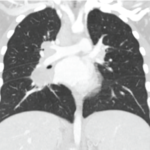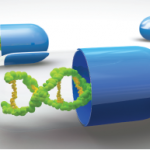With the aid of increasingly sophisticated neuroimaging technology, research into how the brain activates and changes in patients with chronic pain is delivering fascinating information that will hopefully pave the way to tailored, individual treatment of chronic pain. Over the past several years, data from neuroimaging studies have provided a new understanding of what occurs…





